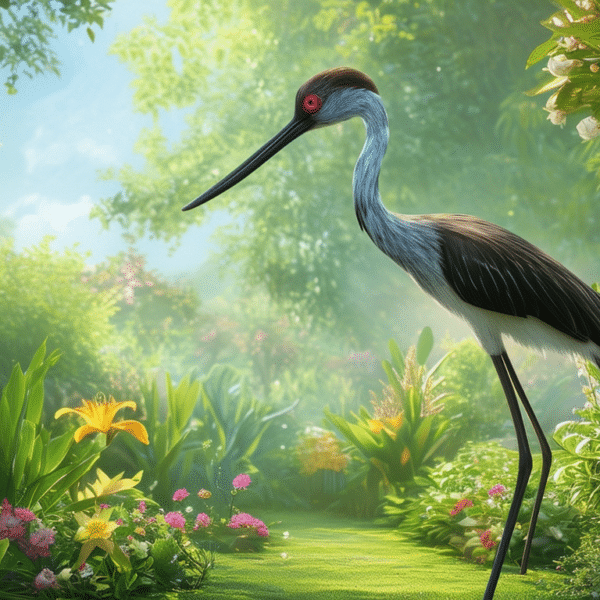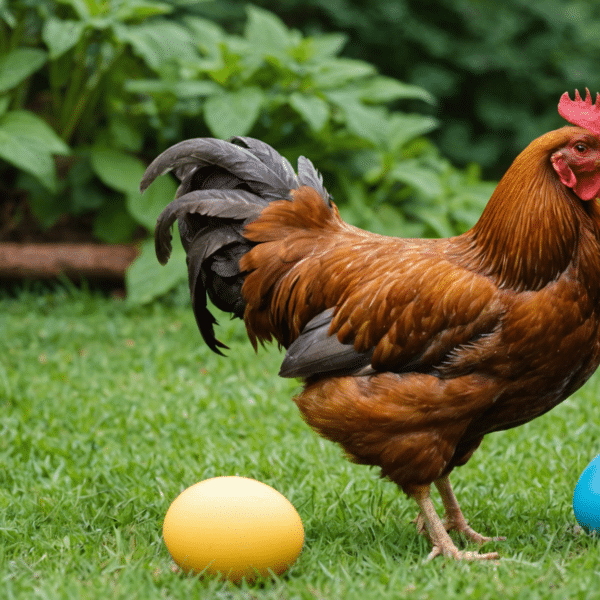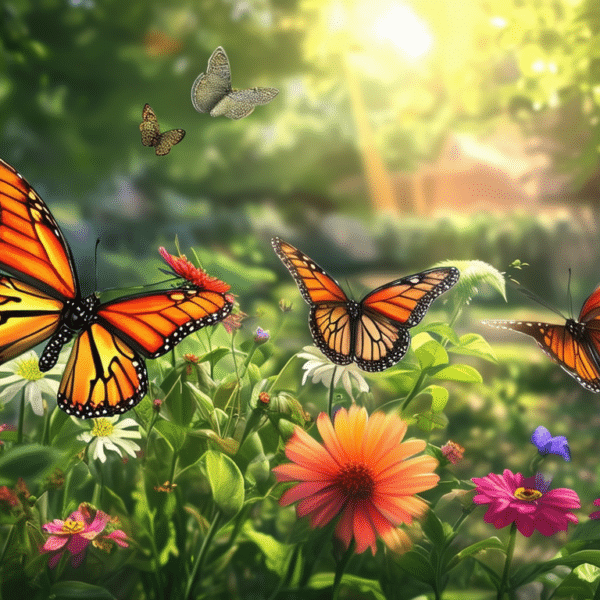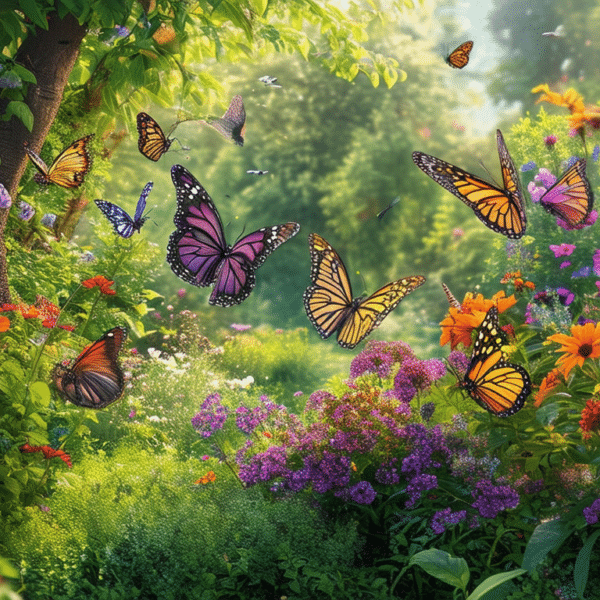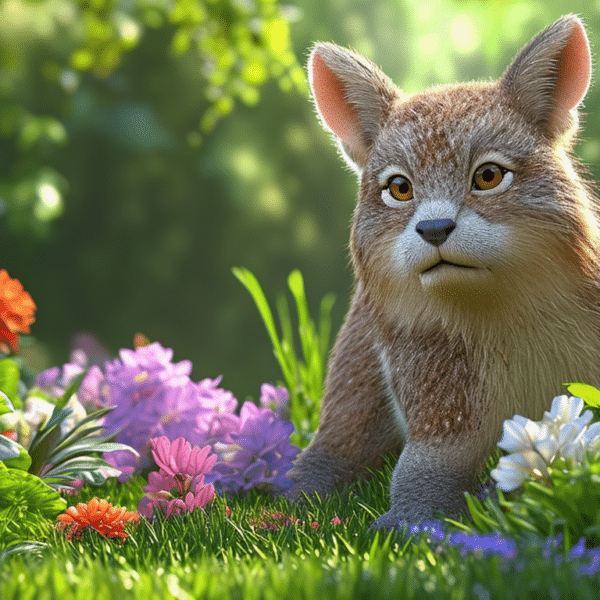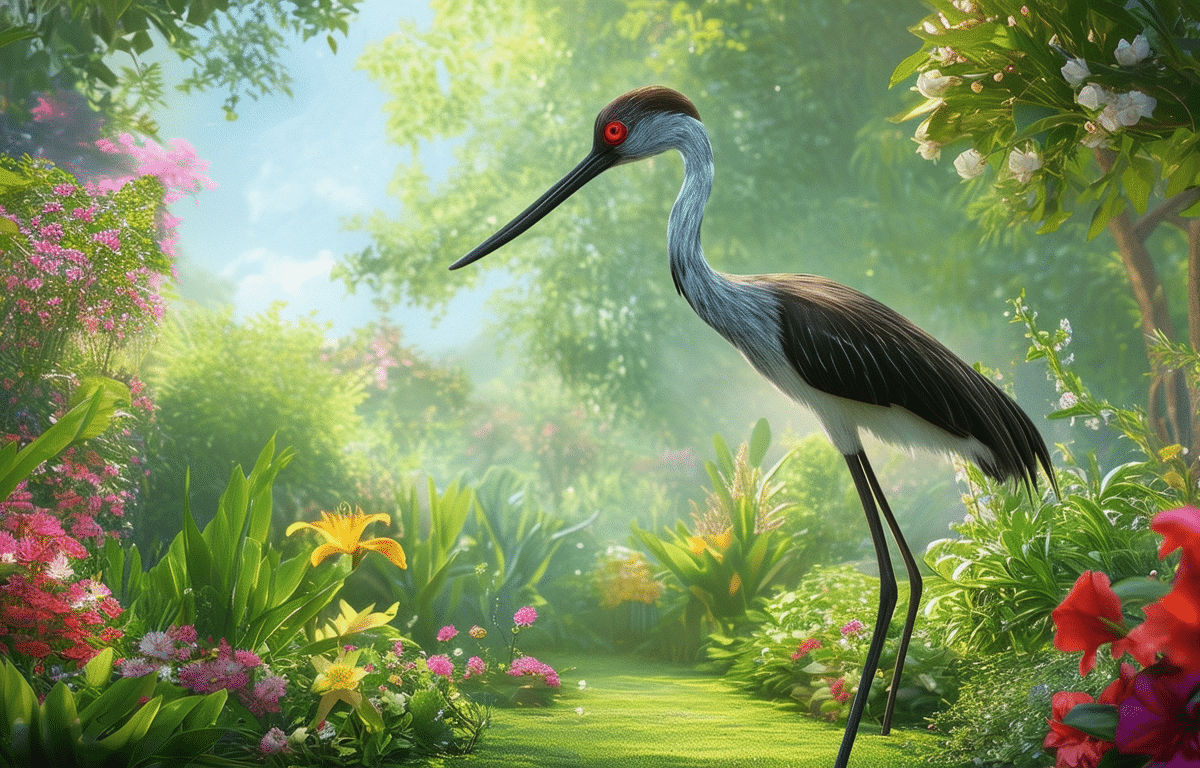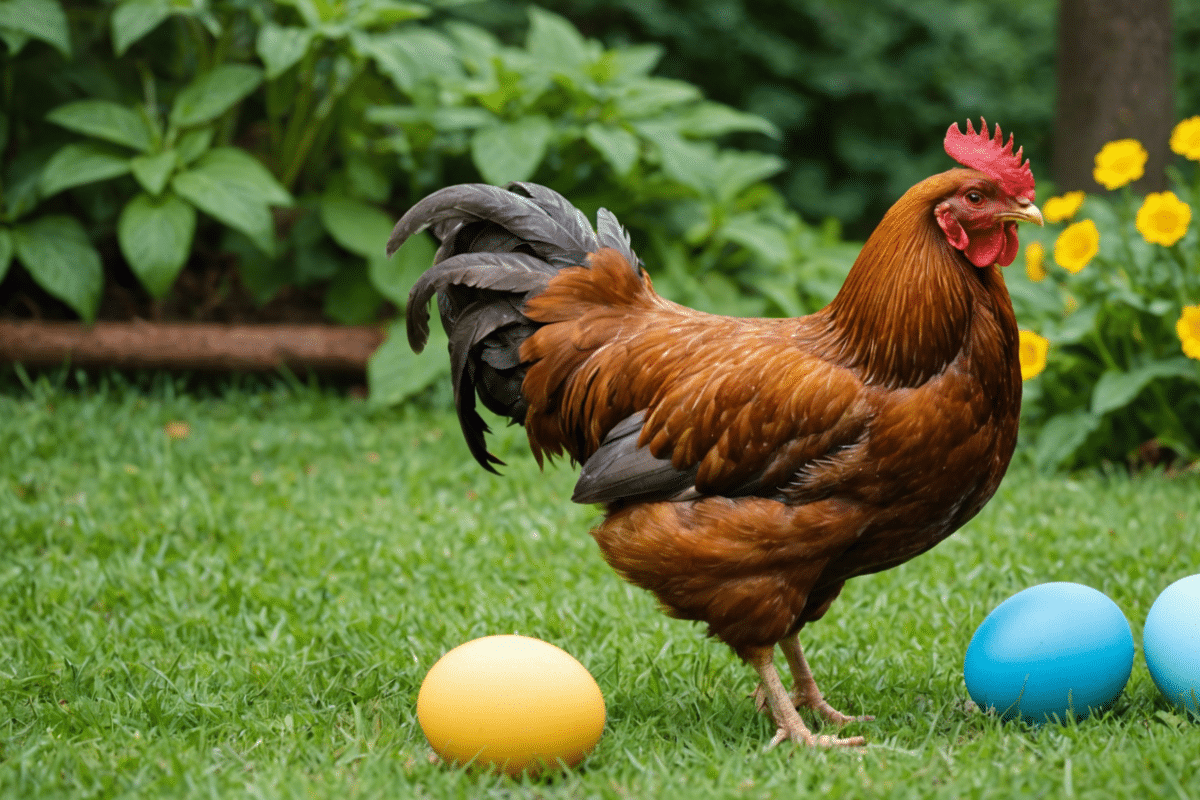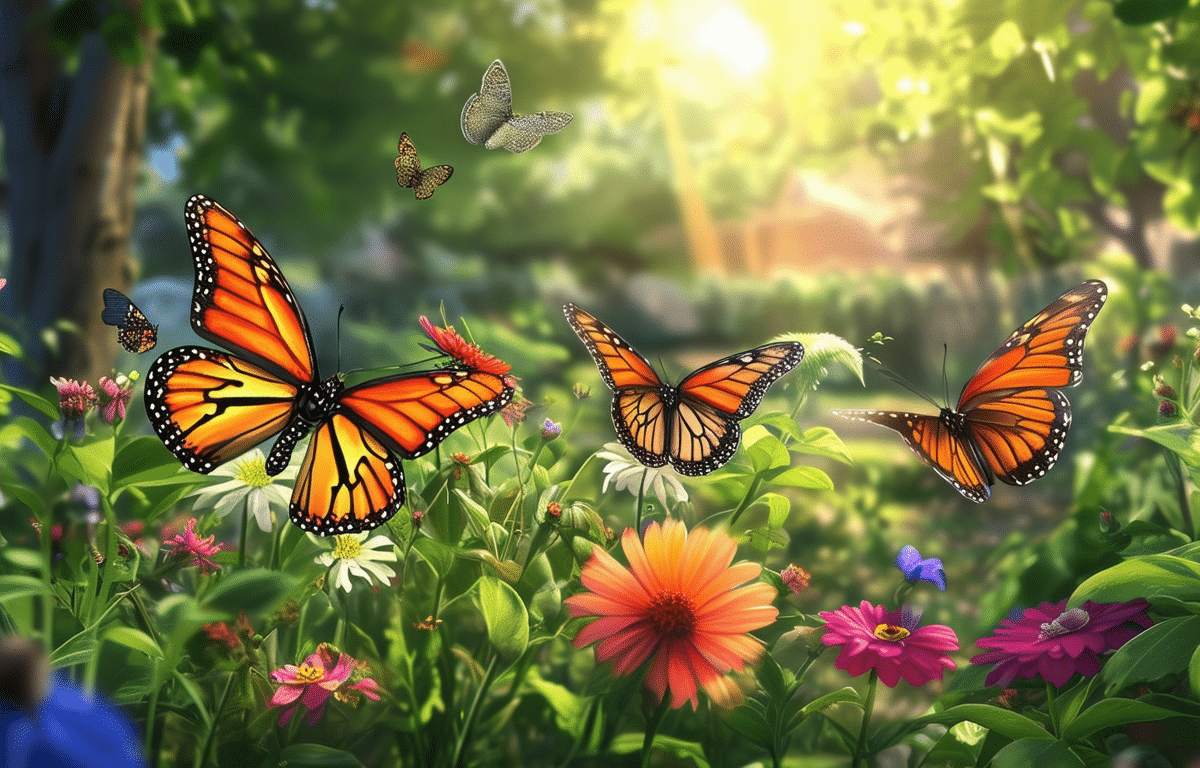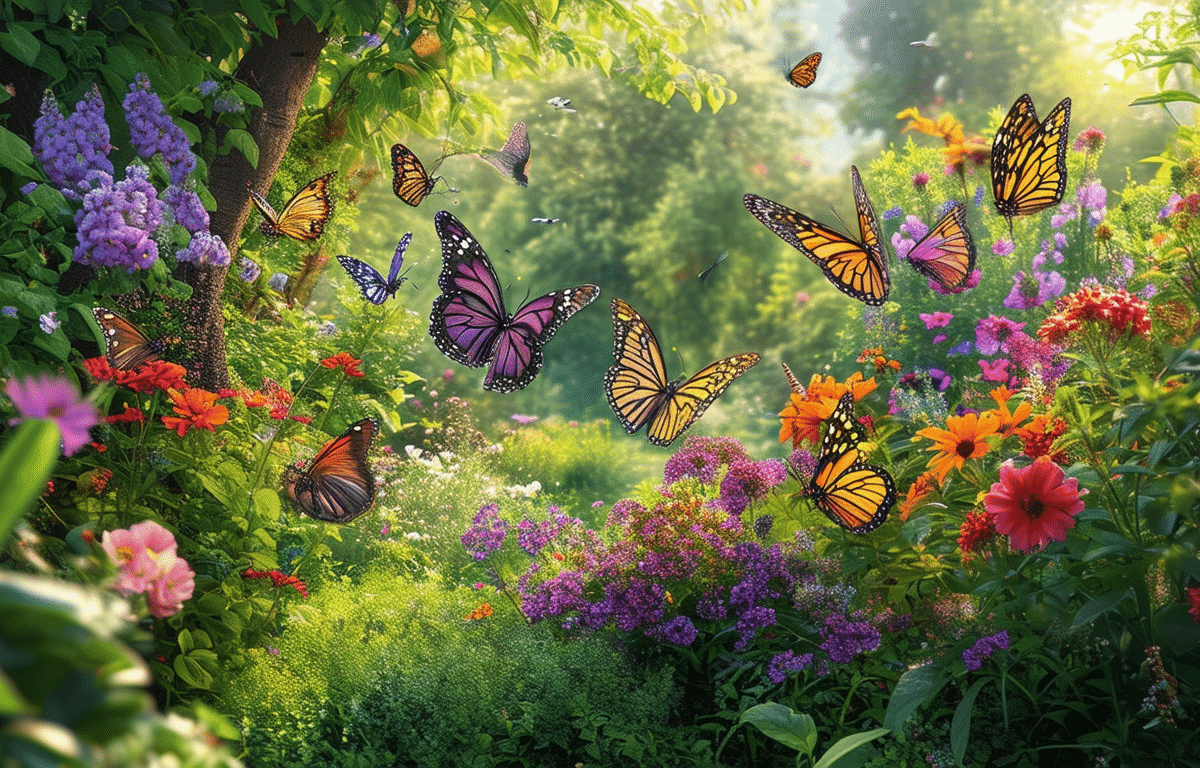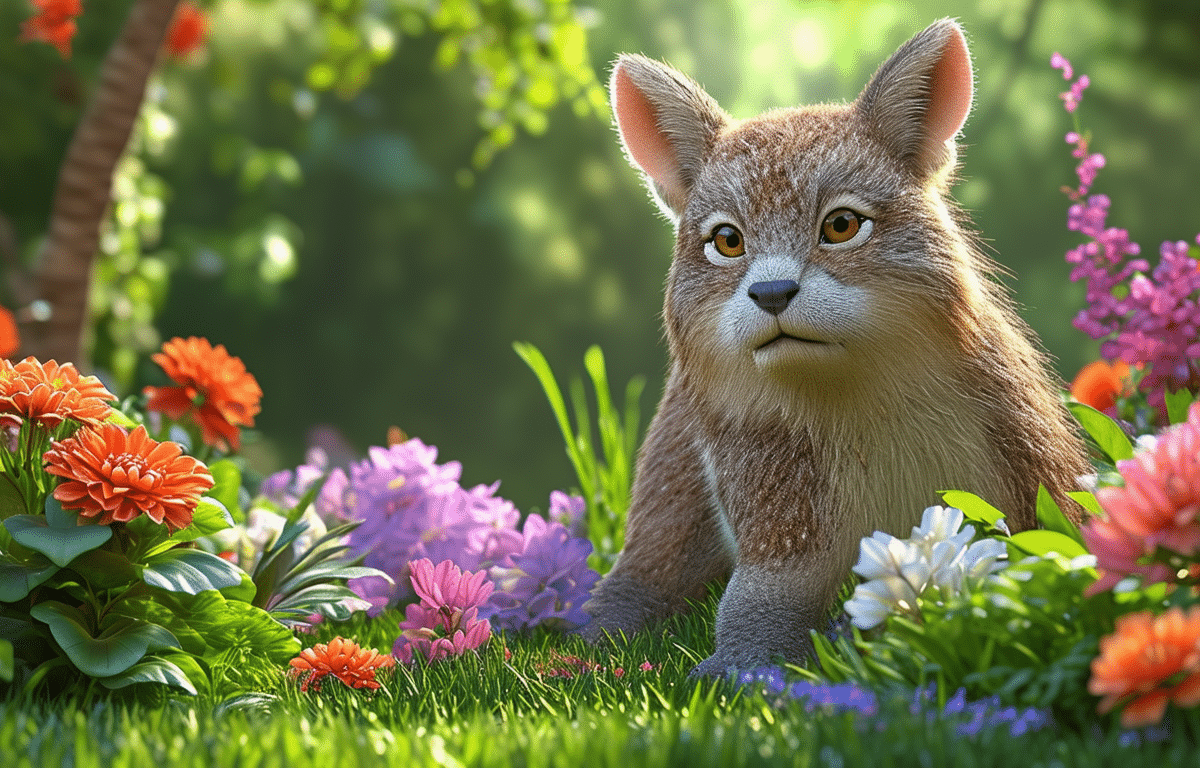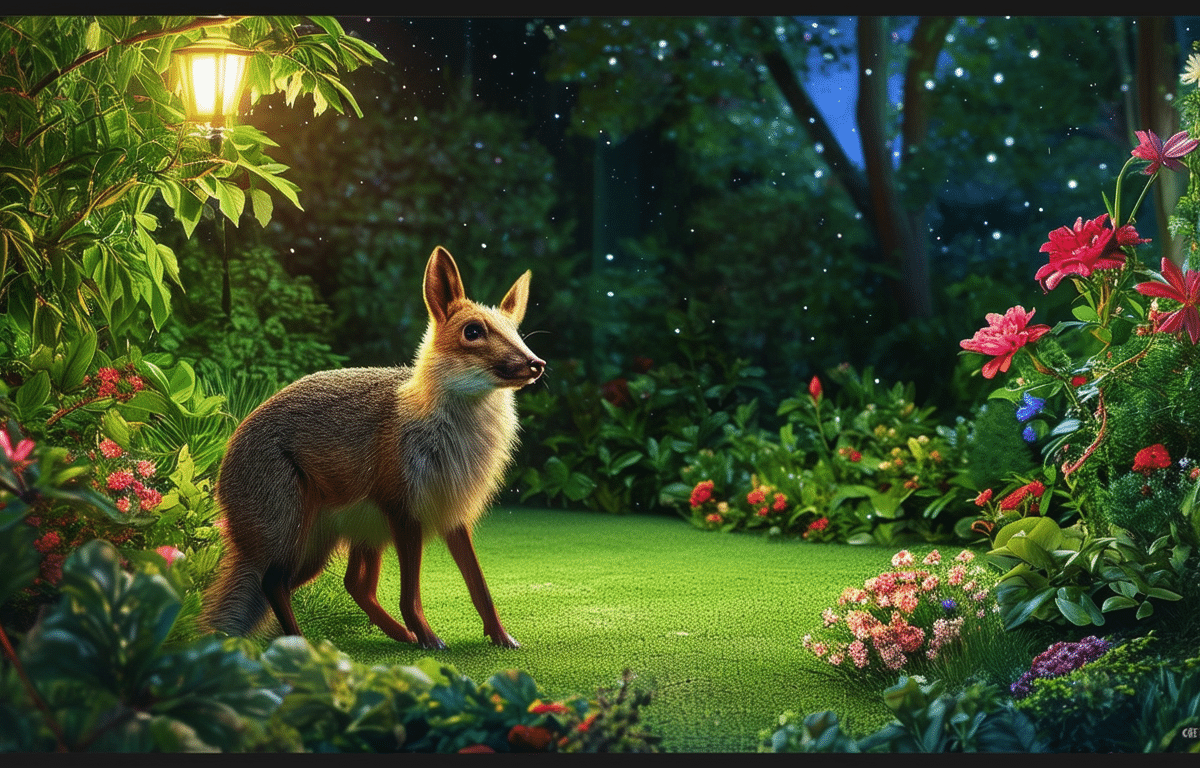Content
For those with a passion for backyard buddies and barnyard menageries, creating an oasis for our feathered, furry, and scaled friends comes with the unique challenge of managing backyard pests. Having an understanding of these often misunderstood animals and their ecological uses is crucial for anyone dedicated to nurturing a diverse mix of creatures. Let’s embark on an exploratory journey through the world of common backyard interlopers and discover ways to coexist with them harmoniously.
Identifying Common Backyard Pests

Regular encounters with various so-called pests are likely in any backyard haven. These guests range from insects to mammals, each drawn to your garden for different reasons. Nighttime, particularly, brings about a symphony of activity, with creatures such as raccoons, opossums, and nocturnal insects, spurred by the cover of darkness. Awareness of the organisms native to your region can guide in their identification and understand their patterns – especially when discovering telltale signs such as animal droppings or tracks.
Understanding the Ecological Roles of Pests
Every animal plays a role in the ecosystem, including those we often deem nuisances. From the soil-turning actions of moles to the pollination services of bees, these creatures contribute to a thriving garden environment. Some ‘pests,’ like nematodes, can be surprisingly beneficial – these microscopic worms, found in healthy garden soil, help control other insect populations. Gaining a grasp on these roles can often shift perspectives and enable a more balanced response to their presence.
Managing Pests Naturally
There’s a plethora of natural solutions for keeping your animal friends safe while managing pest populations. Understanding the necessity of habitats for insects during different seasons is essential, as brush and leaf litter offer crucial shelter. Practices such as using pet-friendly weed killers avoid harmful chemicals and maintain a safe environment—more creative, natural deterrents include planting certain species that repel unwanted visitors.
Additionally, the notion of ‘integrated pest management’ involves using a variety of strategies that are environmentally sensitive, including biological control, habitat manipulation, and modification of cultural practices. Organic gardening techniques also reduce reliance on chemical treatments, promoting healthier ecosystems for all residents.
Creating Deterrents That Encourage Positive Interactions
Turning your garden into an inviting space for desired animals, while subtly discouraging pests, is an art. Enhancing the habitat with appropriate shelters, nesting materials, and selective feeding practices all contribute to a balanced ecosystem. For example, offering spruce branches can improve nesting areas for pet birds while possibly dissuading peckish herbivores.
- Install fencing and barriers strategically
- Introduce plants that naturally repel specific pests
- Provide alternative food sources to distract pests from areas of interest
Moreover, promoting a diverse garden that attracts predator species will establish a natural form of pest control. Birds of prey, lizards that perform fascinating push-up displays, and even hedgehogs can become natural allies in pest management.
Embracing Wildlife Observation and Education
Observing wildlife, from colorful arctic and orange birds to the daily routines of lizards, can provide invaluable insight into their behaviors. This knowledge, paired with educational resources, can assist in crafting an environment that supports the wellbeing of both pets and wildlife; knowledge about the migratory patterns or nesting habits enhances one’s ability to cater thoughtfully to their needs.
Learning from experts and enthusiasts’ experiences can broaden understanding and create effective strategies tailored to one’s specific garden or rural setting. Informative platforms such as BBC’s Bitesize offer a wealth of knowledge to support these endeavors.
FAQs
Q: How can I tell which pests are in my garden?
A: Observing signs such as droppings, tracks, and damage to plants can be telling indicators. For accurate identification, resources provide in-depth guidance on tracking and identifying signs.
Q: What is the most environmentally friendly way to manage pests?
A: Integrating practices such as organic pest management, habitat manipulation, and the use of natural repellents are among the top methods that protect the ecosystem.
Q: Can some pests actually be beneficial to my garden?
A: Absolutely, many so-called pests play critical roles in ecosystems, such as pollination, soil aeration, and natural pest control. Embracing these roles can lead to a healthier garden.
Understanding the interconnectivity of backyard ecosystems and their animal inhabitants is an enlightening journey that can transform one’s view of so-called pests. Cultivating a space that values the presence of small animals and recognizes their important ecological contributions is an immensely rewarding endeavor. For those dedicated to the wellness of animals, adopting these practices ensures a harmonious and thriving backyard sanctuary where every creature, big and small, plays a vital role in the wondrous tapestry of life.


